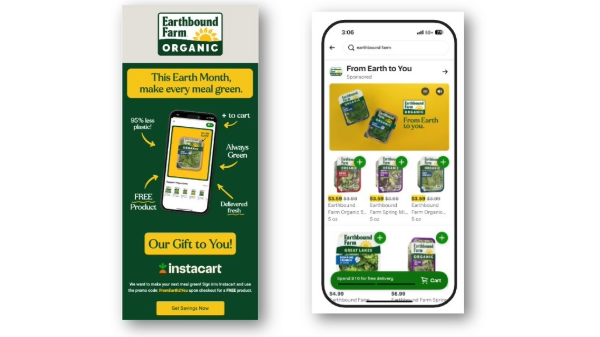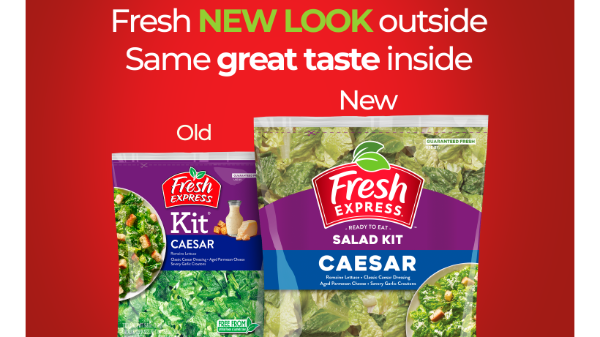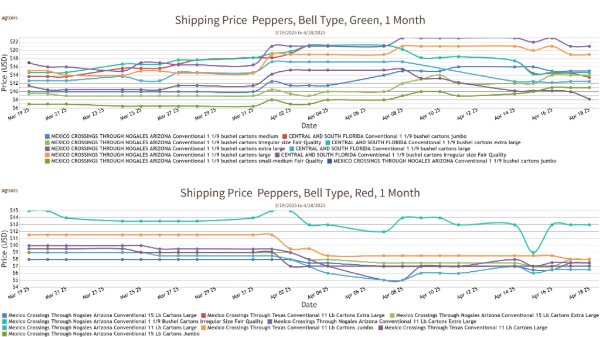Welcome to Blue Book!
Are you ready to join the thousands of companies who rely on Blue Book to drive smarter decisions? View our plans and get started today!
Still have questions? We’d love to show you what Blue Book can do for you. Drop us a line– we’ve been waiting for you.

“All activities are directed toward one purpose: to increase sales and grow the business,” Krivanek says. “Part of the nuance is to create a competitive advantage in the marketplace—that’s where branding comes in.”
“It sometimes seems we jump right to the tactics,” adds Dan’l Mackey Almy, president and CEO of Irving, TX-based DMA Solutions. Yet the first step in consumer branding, she insists, is to look at a brand and answer a very basic question—why? “It’s not about what we do and how we do it, it’s about why we exist.”
A successful example of this type of thinking can be found in the case study beginning on this page, detailing the steps taken by Lindsay, CA-based Suntreat Packing & Shipping Company to launch the Sumo citrus brand.
World Variety Produce, Inc. in Los Angeles sells hundreds of produce items, 90 percent of which are under the Melissa’s brand. “It’s a family-oriented brand that started 30 years ago,” says director of public relations Robert Schueller, “and branding has always been a strong part of what we do.” Much of the company’s marketing focuses on education, which ties in to its reputation as a supplier of not only ethnic, tropical, and hard-to-find fruits and vegetables, but new products as well. “We have many items where we are the exclusive distributor or pioneered the category,” Schueller asserts. “Branding is so important because it helps people find our products more easily.” This is especially important when a typical supermarket produce department carries between 500 to 600 items.
To support the Meslissa’s brand, Schueller says the company advertises in magazines such as Ladies Home Journal and Saveur and on televised cooking shows, and packaging includes recipes and a toll free number or QR (quick response) code so consumers can easily find more information. To further support its products, the company also has its own test kitchen, launched a cookbook line in 2006, and has a strong social media presence with more than 100,000 fans across Facebook, Twitter, Instagram, and Pinterest.
Case Study: Launching A New Brand
Client: Suntreat Packing & Shipping CompanyBackground: Suntreat Packing & Shipping Company is a family-owned and operated citrus packing company located in Lindsay, the heart of the historical ‘citrus belt’ of California’s Central Valley. Suntreat grows, packs, and sells citrus including lemons, oranges, and specialty varieties such as Oro Blanco grapefruit and Gold Nugget mandarins.
The citrus category is highly competitive and commoditized with only two large consumer branded players. In addition, per capita consumption of fresh citrus has declined since 1980. During the same time consumers have been switching from oranges, the traditionally dominant fruit, to tangerines.
In an effort to grow sales in the face of declining markets and branded competition, Suntreat and its principals at Griffith Farms invited a small group of citrus growers to establish production of a new mandarin
variety that was originally developed in Japan, known as Dekopon or Shiranui—a large, easy to peel, aromatic mandarin with pebbly, unattractive skin and a distinctive topknot, not previously available in the United States.
Approach
• Determine specific product attributes to communicate (sweet taste, easy to peel, no seeds, size, unusual shape)
• Research name opportunities consistent with unique product attributes
• Create engaging product packaging (including green tissue around each fruit to emphasize high quality) and point-of-sale merchandising materials
• Emphasize ‘American Family Farm / Grown in the USA’ aspect








